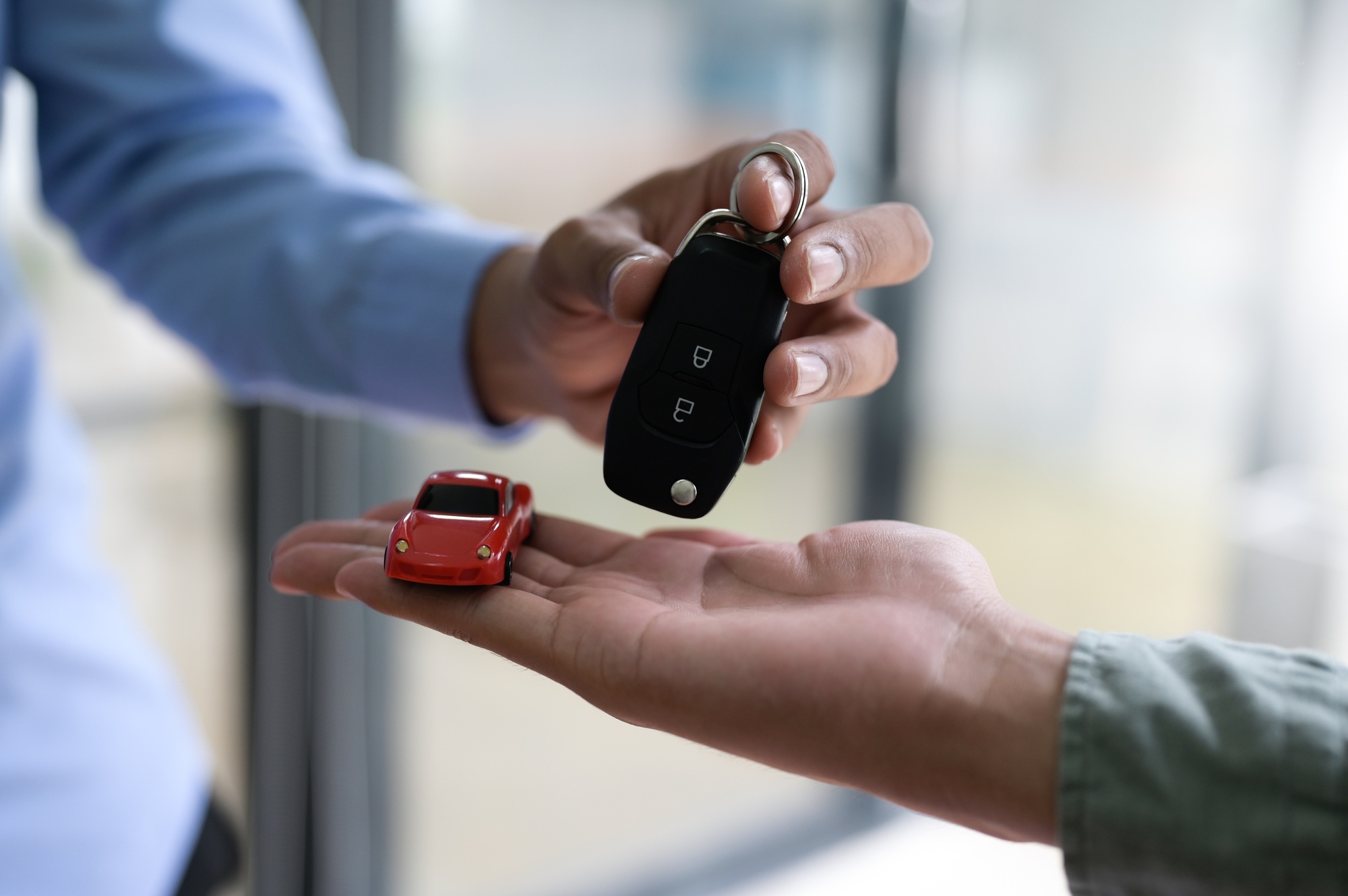Auto Insurance: What’s Not Covered?
When it comes to automobile insurance, understanding what is excluded can be just as crucial as knowing what is covered. This knowledge can save you from unexpected financial burdens and help you make informed decisions about your coverage. So, what is excluded in an automobile insurance plan? Let’s dive into the details to ensure you’re fully aware of the limitations and exclusions that might affect your policy.
Common Exclusions
Automobile insurance plans often exclude certain scenarios and damages. For instance, most policies do not cover intentional damage caused by the policyholder. Additionally, if you’re using your vehicle for commercial purposes without the appropriate coverage, any resulting damages might not be covered. It’s also common for policies to exclude wear and tear or mechanical breakdowns, as these are considered maintenance issues rather than insurable events.
Special Circumstances
Beyond the typical exclusions, there are special circumstances that might not be covered.
For example, if you lend your car to someone not listed on your policy and they get into an accident, your insurance might not cover the damages. Similarly, damages from natural disasters like floods or earthquakes may require additional coverage. Understanding these exclusions ensures you’re not caught off guard when filing a claim, allowing you to tailor your policy to better suit your needs.
Are Natural Disasters Covered? Exploring Common Exclusions
When it comes to understanding what is excluded in an automobile insurance plan, many drivers are surprised to learn that natural disasters often fall into this category. While your policy might cover a range of incidents like theft or collisions, natural calamities such as floods, earthquakes, or hurricanes might not be included. This can be a significant problem for those living in areas prone to such events, leaving them vulnerable to unexpected repair costs. However, there is hope—by understanding these exclusions, you can seek additional coverage options to ensure you’re fully protected.
Common Exclusions in Auto Insurance
- Natural Disasters: Most standard policies exclude coverage for damages caused by natural disasters unless you have comprehensive coverage.
- Wear and Tear: Regular maintenance issues or aging parts are typically not covered.
- Intentional Damage: Any damage you cause intentionally to your vehicle is excluded. To navigate these exclusions effectively, it’s crucial to review your policy details and discuss with your insurance provider about adding comprehensive coverage.
This additional layer can safeguard you against the financial burden of natural disasters, ensuring peace of mind no matter where you drive.
Personal Belongings in Your Car: What’s Not Covered?
Imagine this: you park your car, step away for a moment, and return to find your laptop missing from the backseat. While automobile insurance is essential for protecting your vehicle, it often leaves out personal belongings inside. So, what is excluded in an automobile insurance plan? Let’s explore the nuances of coverage and how you can safeguard your valuables.
When it comes to personal belongings, most standard automobile insurance policies do not cover items like electronics, clothing, or sports equipment left in your car. This exclusion means that if these items are stolen or damaged, your auto insurance won’t foot the bill. Instead, you might need to rely on your homeowner’s or renter’s insurance to cover these losses. Understanding these exclusions can help you better prepare and protect your possessions. To navigate these exclusions effectively, consider these strategies:
- Secure Valuables Elsewhere: Whenever possible, avoid leaving valuable items in your car. If you must, store them in the trunk or out of sight.
- Review Your Insurance Policies: Check your homeowner’s or renter’s insurance to see if it covers personal belongings stolen from your vehicle.
- Consider Additional Coverage: Some insurers offer endorsements or additional coverage options for personal items in your car.
Explore these options to enhance your protection. By being proactive, you can ensure that your personal belongings are as protected as your vehicle itself.
The Fine Print: Exclusions Related to Wear and Tear
When it comes to understanding what is excluded in an automobile insurance plan, the fine print can often hold the key to avoiding unexpected surprises. While your policy might cover a range of incidents, it’s crucial to know that not everything is included. The promise here is that by understanding these exclusions, particularly those related to wear and tear, you can make informed decisions and avoid potential pitfalls.

Searching for affordable auto insurance? Head over to InsuranceShoppingto compare quotes and save on your policy! Have questions? Call us at 833-211-3817 for immediate assistance!
Understanding Wear and Tear Exclusions
One of the most common exclusions in an automobile insurance plan is wear and tear.
Insurance companies typically do not cover the gradual deterioration of your vehicle over time. This includes things like worn-out tires, brake pads, or any other parts that naturally degrade with regular use. It’s important to regularly maintain your vehicle to prevent these issues from escalating into more significant problems.
Why Wear and Tear Isn’t Covered
Insurance is designed to protect against sudden and unexpected events, not predictable ones. Wear and tear is considered a normal part of vehicle ownership, and thus, it falls outside the scope of coverage. By understanding this, you can better plan for regular maintenance costs and avoid the frustration of denied claims for these issues.
How Modifications to Your Vehicle Affect Coverage
When it comes to understanding what is excluded in an automobile insurance plan, vehicle modifications often top the list. Many drivers love to personalize their cars, but these changes can lead to unexpected coverage gaps. Insurance companies typically exclude coverage for modifications unless explicitly stated in your policy. This means that if you’ve added a custom paint job, installed a new sound system, or made performance enhancements, you might not be covered in the event of an accident or theft. The key is to communicate with your insurer about any changes to ensure you’re fully protected.
Common Modifications and Their Impact
- Performance Enhancements: Turbochargers, engine swaps, or suspension lifts can increase your vehicle’s risk profile, leading to higher premiums or exclusions.
- Cosmetic Changes: Custom paint jobs or body kits might not be covered unless declared, potentially leaving you out of pocket for repairs.
- Interior Upgrades: High-end sound systems or custom interiors may not be included in standard policies, requiring additional coverage.
By understanding what is excluded in an automobile insurance plan, you can make informed decisions about modifying your vehicle and ensure that your coverage aligns with your needs. Always check with your insurer before making any changes to avoid surprises down the road.
Navigating Exclusions for Commercial Use of Your Vehicle
When it comes to understanding what is excluded in an automobile insurance plan, it’s crucial to know that not all uses of your vehicle are covered. Imagine driving your car for a business delivery, only to find out later that your insurance won’t cover any accidents that occur during such trips. This is a common scenario where exclusions come into play, and knowing these can save you from unexpected financial burdens. Let’s explore how commercial use can affect your coverage and what you can do to navigate these exclusions effectively.
Common Exclusions for Commercial Use
- Business Deliveries: If you’re using your personal vehicle for delivering goods or services, standard insurance policies often exclude coverage for accidents occurring during these activities.
- Ridesharing Services: Engaging in ridesharing or taxi services without proper coverage can leave you vulnerable, as many personal policies do not cover incidents that happen while the vehicle is being used for hire.
- Frequent Business Travel: Regularly using your vehicle for business trips might require a commercial policy, as personal plans may not cover the increased risk associated with frequent travel.
Understanding these exclusions helps you make informed decisions about your insurance needs, ensuring that you’re adequately protected whether you’re driving for personal or business purposes.
How InsuranceShopping Can Help You Navigate Automobile Insurance Exclusions
Understanding what is excluded in an automobile insurance plan can be a daunting task. Many drivers are surprised to find out that not everything is covered under their policy. This can lead to unexpected expenses and stress. At InsuranceShopping, we promise to guide you through these exclusions, ensuring you have a clear understanding of your coverage and helping you make informed decisions.
Common Exclusions in Automobile
Insurance While each insurance policy is unique, there are common exclusions that most drivers should be aware of. These often include:
- Wear and Tear: Regular maintenance issues like tire wear or brake pad replacements are typically not covered.
- Intentional Damage: Any damage caused intentionally by the policyholder is excluded.
- Commercial Use: If you use your personal vehicle for business purposes without proper coverage, claims may be denied.
How InsuranceShopping Simplifies the Process
Navigating these exclusions doesn’t have to be complicated. InsuranceShopping offers resources and expert advice to help you understand what is excluded in an automobile insurance plan. Our team can assist you in finding a policy that minimizes these exclusions, ensuring you’re adequately protected. With our support, you can drive with confidence, knowing you’re covered for the unexpected.
Take the next step toward affordable coverage. Visit NewAutoInsurance and get instant quotes that fit your budget and driving needs. If you’d like to speak with a representative, call us at 833-211-3817!
Explore InsuranceShopping to find a wide range of insurance options tailored to your needs.




